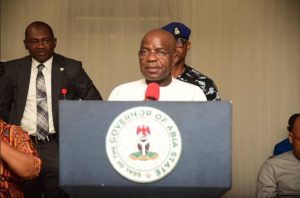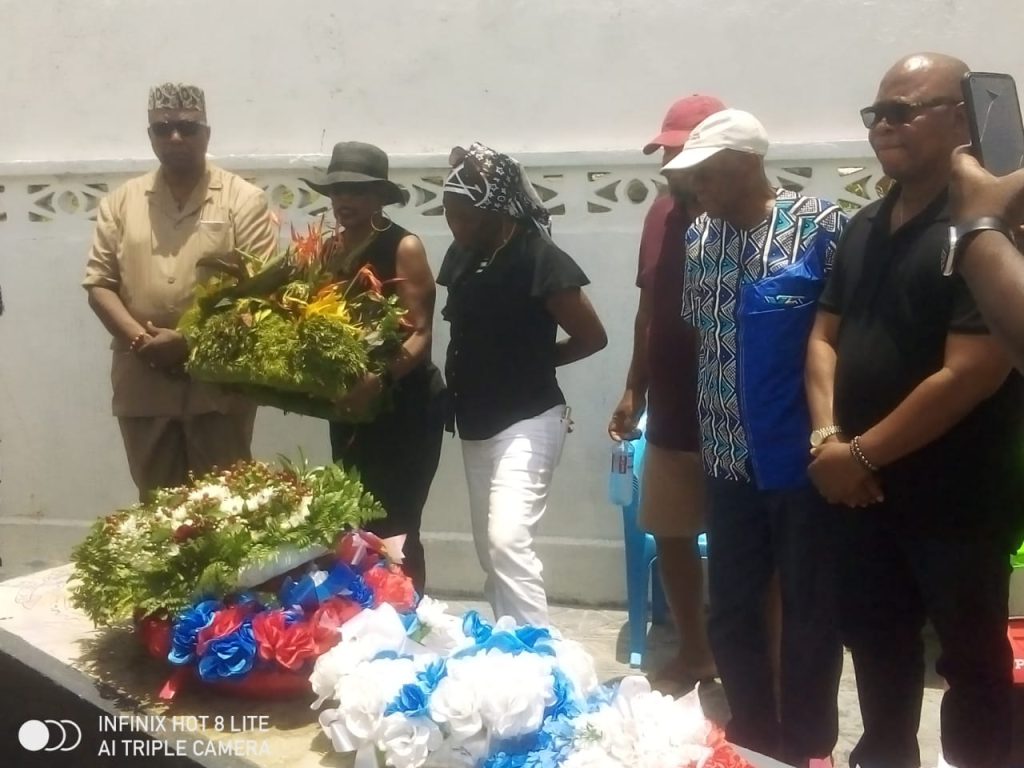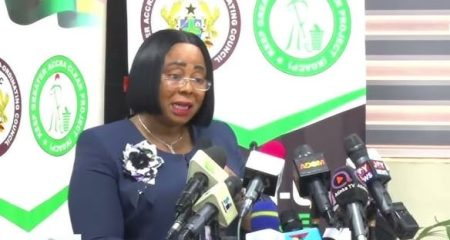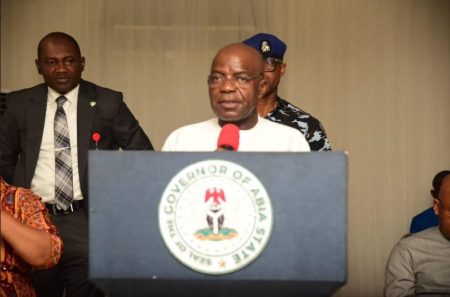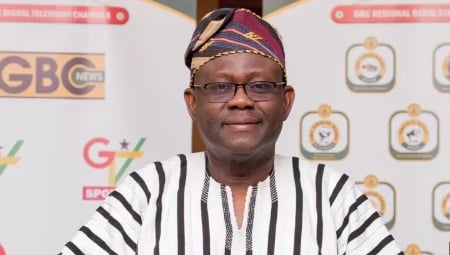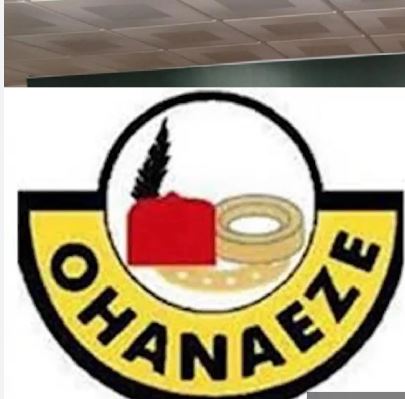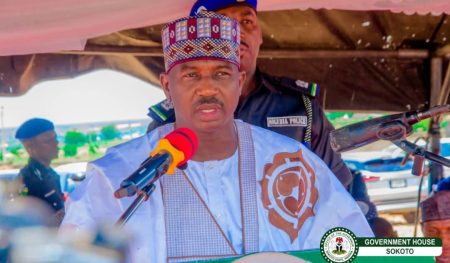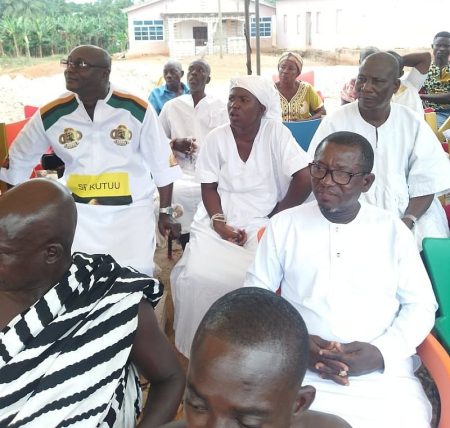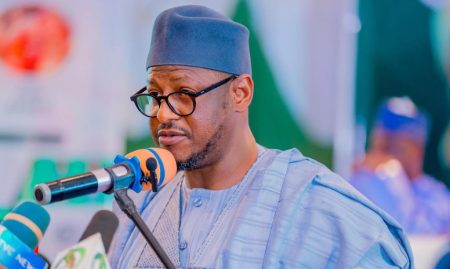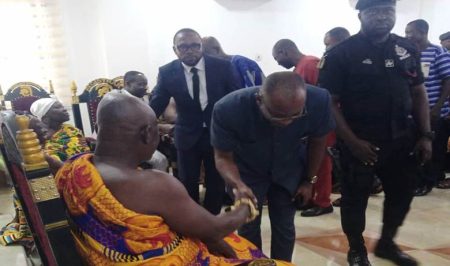The exhumation of former Liberian President William R. Tolbert and 13 government officials, executed following the 1980 coup, commenced on Tuesday, February 18, 2025, at Palm Grover Cemetery in Monrovia. The poignant scene was marked by the presence of former President Ellen Johnson Sirleaf, who served in Tolbert’s administration before resigning and fleeing the country after the coup. Overwhelmed with emotion, Sirleaf stood silently by the tombs, tears streaming down her face, a stark reminder of the turbulent history that continues to shape Liberia. The exhumation, a long-awaited event for the families of the deceased, marks a significant step towards providing proper burial and closure.
The 1980 coup, shrouded in controversy and conflicting accounts, remains a sensitive chapter in Liberian history. While the exact circumstances surrounding Tolbert’s assassination remain debated, with some attributing it to CIA involvement, the subsequent execution of 13 officials by then-Master Sergeant Samuel Doe and his men is a grimly established fact. Tolbert, a prominent figure on the African stage as Chairman of the Organization of African Unity (now the African Union), was a vocal advocate for liberation from colonial rule, a stance that may have contributed to his downfall. The brutal nature of the executions, carried out on a beach near the Military Barracks, underscored the violence and instability that characterized the early years of Doe’s regime. Doe himself would meet a similar fate a decade later, publicly executed by Prince Y. Johnson during the Liberian civil war, further intertwining the stories of these key figures in a cycle of violence.
The exhumation process, overseen by the St. Moses Funeral Parlor, is a delicate undertaking given the passage of time and the condition of the remains. The plan, as outlined by Mr. Moses H. Ahossoucheb, CEO of the funeral parlor, is to carefully remove and categorize the skeletons before reburial. The initial dig on Tuesday yielded no immediate results, prompting excavators to dig deeper in their search for the remains. The ultimate goal is to provide a dignified final resting place for these figures, offering a measure of peace to their families and symbolizing a nation grappling with its past.
The initiative for the exhumation and reburial gained momentum following President Joseph N. Boakai’s announcement during his State of the Nation address. The plan encompasses a proper burial for both former Presidents Tolbert and Doe, an attempt to bring closure to two turbulent periods in Liberian history. Prior to this announcement, family members of the deceased officials, including Dr. Richard V. Tolbert, nephew of the late President, had already initiated the process of obtaining the necessary permits for exhumation. Their efforts culminated in Tuesday’s commencement of the exhumation process. The intended final resting place for Tolbert and the 13 officials is a new tomb at the Baptist Seminary, a site chosen by the families to honor their memory.
The exhumation serves as a tangible link to Liberia’s complex past. The life and death of President Tolbert, a pivotal figure in Liberian and African history, are deeply interwoven with the nation’s narrative. His contributions to the country and the continent, alongside the tragic circumstances of his death, loom large in the collective memory. The planned reburial signifies a collective effort to reconcile with the past, offering a symbolic gesture towards healing and national unity. The act of exhuming and reburying these figures represents a step towards acknowledging the painful legacy of violence and instability while striving to build a more peaceful future.
The meticulous process of exhumation, the emotional presence of former President Sirleaf, and the planned reburial at the Baptist Seminary all underscore the significance of this event. It represents not just a physical relocation of remains, but a symbolic gesture of reconciliation and closure. As Liberia continues to navigate its post-conflict journey, confronting its past and honoring those lost amidst political turmoil becomes an integral part of building a more stable and peaceful nation. The reburial of President Tolbert and the 13 officials serves as a tangible step in this ongoing process of healing and remembrance.




